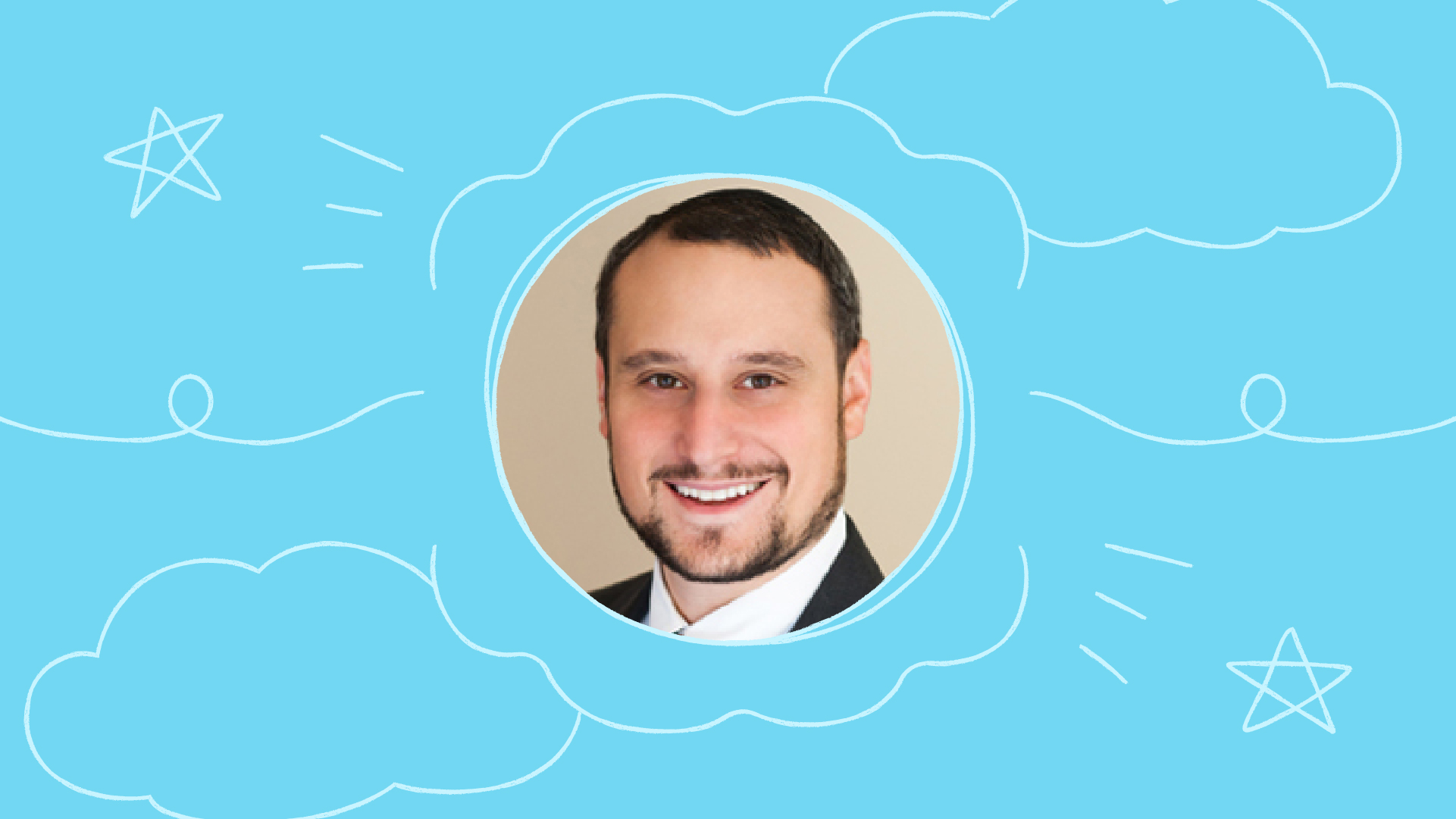
Childhood Anxiety: Part 1 of a Conversation with Dr. Goldstein
After reading an article about childhood anxiety by Dr. Clark Goldstein, we reached out to learn more, as it’s the number one topic that is talked about by Generation Moshi. Dr. Goldstein took the time to talk us through many aspects of anxiety, from normal worries to chronic symptoms, that impact learning and socialization.
Q: What is the age that you typically see worries start to be articulated?
Good question. Obviously, our worries are tied to our cognitive development, right? So for a child, they might get scared when they’re meeting new kids, but they’re probably not going to say at four years old, “I’m worried that Jimmy’s not going to like me or that he’s going to make fun of me, or that I’m going to say something that’s going to embarrass me.” Four-year-olds not only don’t talk that way; they don’t think that way for the most part. People can have anxiety from a young age, but sometimes it’s hard to distinguish normative anxiety from clinical anxiety at a younger age. For a three-year-old to be terrified of a stranger or a dog, that’s not as atypical. But when it’s the eight-year-old who won’t go to birthday parties or says, “Mom, you have to stay and I’m going to hold onto your leg the entire time,” then we see it’s kind of getting out of the norm.
There are several factors that can impact when kids articulate their worries. I would say developmentally, you’ll see that more with kids around seven or eight. Some kids do so earlier, some kids later, but it also depends on how open the kids are. Some kids don’t want to acknowledge it. So it might seem obvious to the parent that their child seems scared of meeting a new group of kids, and it must be an embarrassment factor, but the child might not endorse that. They might not agree with that because maybe they just don’t want to talk about it. Or, kids might not really be in touch with how they’re feeling. They also might somaticize. They might say, “No, no, no, I don’t want to go to school because there’s something wrong with my stomach. My stomach hurts. It’s not that I’m scared.” And in fact, the parent might suspect that there’s an anxiety component.
Q: How can educators and parents know when worries and anxiety are beyond typical?
As we all know, worry is a part of life for everyone—kids, teenagers, and adults. Sometimes the worry becomes so severe that it can create a lot of distress for the child or the family, or it can interfere in the child’s school life, social life, and/or academic success. So sometimes people ask, “Well, how do I know if my child really has a problem?”
First, we should think about what are normative worries and how chronic and severe they are. If kids are worrying about big stressors, like losing a loved one or a pet, then having significant distress is really normative, right? But if the child, for example, has mild to moderate worries about academic performance, or has a disagreement with a peer, or is feeling misunderstood by a teacher or parent, and that is getting stuck in their head for days or weeks in a way that’s interfering with their ability to function, then that’s a sign that there might be more to do to help the child.
Also, it’s always important to make sure that we are hearing out the kids, understanding their perspectives, and asking follow-up questions. We might want to step back and really try to get a good understanding from the child’s perspective about what they’re thinking and what they’re feeling because we might sometimes make assumptions that are not really in line with either reality or necessarily our kids’ perceptions of things.
Q: What are the different types of anxieties that show up in children?
There are different types of anxiety that can become clinically impairing for people. For some kids, there’s separation anxiety, where they struggle a lot to leave their parents for activities, or school, or to sleep in their own bed. They worry about harm befalling their parents or caregivers, or they’re worried someone might come in and hurt them or abduct them. It’s not as age-inappropriate for a three-year-old to come to check in with you in the middle of the night, but it’s harder when there’s a ten-year-old coming into your bed.
Social anxiety is also a common stressor for kids. A lot of people are nervous about things like public speaking, but for children who avoid certain social interactions or minimize them to avoid the fear of negative evaluations, such as participating in class, talking to friends, joining conversations, having their picture taken, playing sports, etc., that can be problematic.